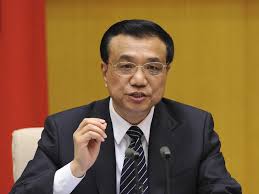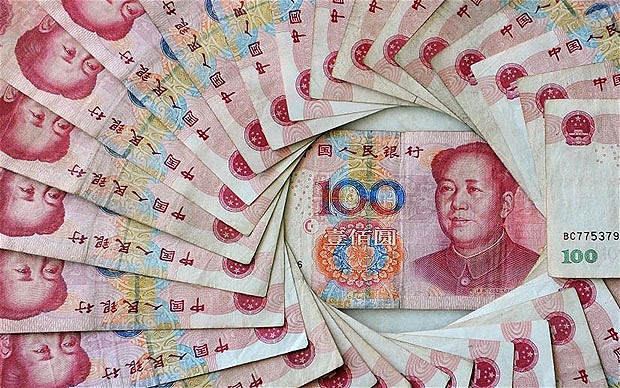BUENOS AIRES, Sept. 1 (Xinhua) — China’s e-commerce giant, Alibaba, is seeking to increase its presence in Latin America, according to Michael Lee, the firm’s head of international marketing and business development, on Tuesday.
This expansion will primarily be centered on Argentina and Brazil, where the company has recently been growing, said the executive.
Lee made this declaration in Buenos Aires during a conference organized by the Latin American Institute for Electronic Commerce and Argentina Chamber for Electronic Commerce.
“South and Central America account for six percent of our total revenue, but this has grown a lot, especially in Brazil and Argentina,” said Lee.
To capitalize on this growth, Alibaba recently launched versions of its site in Spanish and Portuguese to better cater to customers in the region.
Furthermore, Ali Express, one of Alibaba’s online platforms, has recently shown considerable staying power in Brazil, Chile and Mexico. In July, it actually led the ranking of international e-commerce sites in terms of visits from Brazil.
This platform, which has a history of seeking to adapt its offering to the local market, has become an important e-commerce bridge between China and Latin America, Lee added.
“Alibaba is a global company headquartered in China. We carry over 100,000 suppliers and manufacturers and see transactions in the billions of U.S. dollars a day. We are building up trust..e-commerce creates unlimited opportunities for all,” he noted.
Alibaba now has 40 million registered users in over 190 countries, making it one of the uncontested leaders of international e-commerce. In September 2014, Alibaba.com was listed on the New York Stock Exchange, becoming the largest global IPO of all time. Enditem












